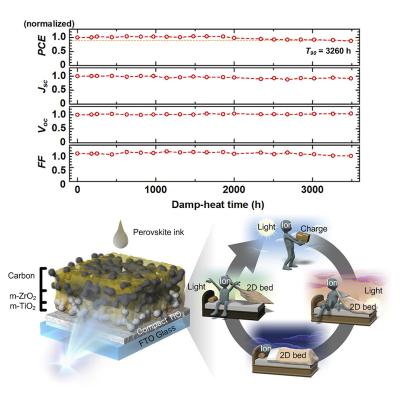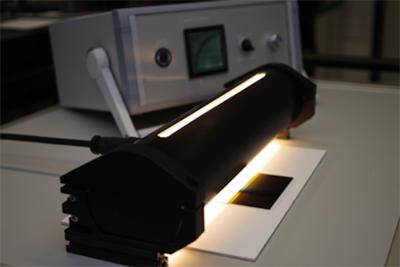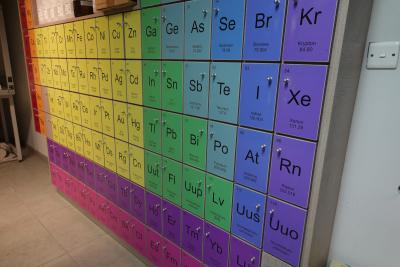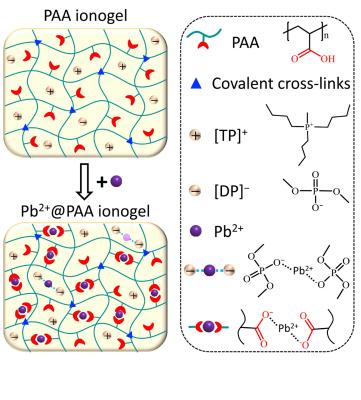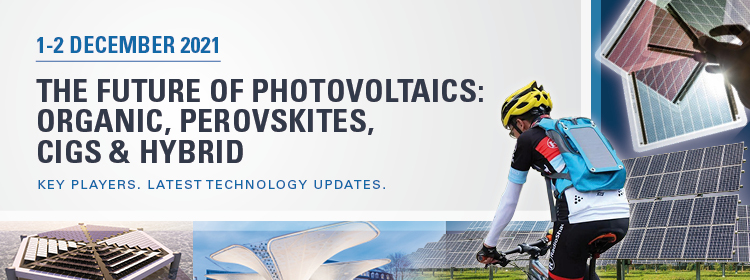Researchers examine light-induced performance increase of carbon-based perovskite solar module
Scientists from Japan's Kishu Giken Kogyo and University of Hyogo, Switzerland's Solaronix and Germany's Fraunhofer ISE have examined the long-term stability of perovskite solar cells using layers of mesoporous carbon, building on previous work that showed the strong potential of this approach.
Schematics of reversible light-induced performance increase for m-CPSM. Image from study
This recent work demonstrated a light-soaking effect, which allowed them to fabricate cells that retained 92% of their initial performance after 3,000 hours in damp heat conditions – which the researchers say is equivalent to 20 years in the field.
